Stories – one funny, one fatal – of firemen and flags
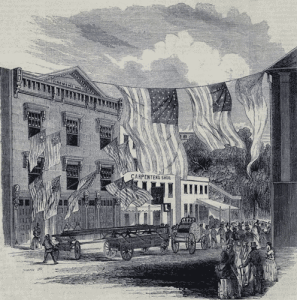
Firefighters, like other Americans, love flags, but that doesn’t mean they’re always ready to rescue one. As an example, take the curious case of a banner that flew away a century ago.
An American flag outside the Grand Army of the Republic post in Springfield, Massachusetts, was blown off its mast by a strong windstorm and became, as a newspaper reported, “securely tangled in the branches of a large elm tree in front of the building.”
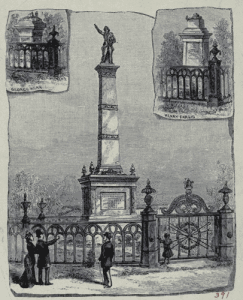
The GAR janitor thought the solution was simple: Contact local firemen and ask them to climb one of their ladders to return Old Glory to its flagpole.
But the firemen balked. According to The Springfield Union newspaper, “They pointed out that for some time it has been quite the proper thing for anybody owning a pet cat to call in the Fire Department whenever pussy took a little trip to the top of a tree.”
Pulling down hissing, scratching cats from “precarious perches” had grown quite old to the firefighters. So “they shook their heads, held up their right hands solemnly and told the janitor that what he needed was a steeple-jack, or a very small boy who liked to climb, or a monkey – or anybody else but a fireman whose sole desire is to be of service – to mankind, not in rescuing flags or cats.”
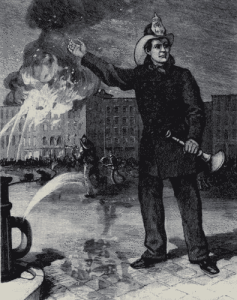
Four days later, Mother Nature accomplished what the firemen refused to do. The Springfield Daily News told readers that the “emblem” which had “reposed” for a week in the tree was delivered to the ground by an “82-mile-an-hour gale…that blew down…the grand old flag that had graced the flagpole” of the GAR building. So the wind, which had removed the Stars and Stripes, returned it to its flagstaff.
The connection between firemen and flags is normally far more cordial – and sometimes very touching, as when one of them dies while battling a blaze. That’s what occurred in New York City in 1858 when Engine Company 15 raced to a blaze. Among the first-responders was Henry M. Luke, 30, who “perished at the fire,” as reported by The New York Times.
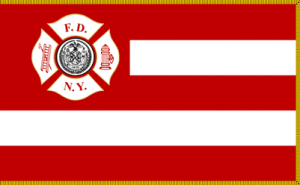
On the day of Luke’s funeral, Fire Chief Harry Howard’s “house was festooned in mourning,” the Times wrote, and Luke’s open coffin rested on the street outside so that friends, family and fellow firemen could pass by and pay their respects. As the hearse took Luke away, the newspaper continued, it was followed by his fellow firemen, “carrying the flag of the Fire Department. There was no other flag and no music.”
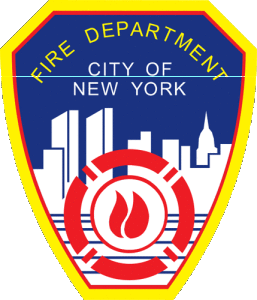
Luke was interred near the Firemen’s Monument in Greenwood Cemetery in Brooklyn. He became the 11th firefighter to be laid to rest at the site, which had been established just ten years earlier.
Less than a year later, the Fire Department unveiled its new fireman’s flag. The Times recorded that the banner was made from “blue silk, with red, yellow and blue trimmings.” On one side was an image of Charity, “receiving the thanks of the widows and orphans; in the background Neptune stands…and the Genius of Protection [rises] out of the clouds.”
The other side of the fire department flag displayed the Firemen’s Monument at Greenwood Cemetery, where Luke had been placed just ten months earlier.
